Do you struggle to consume the recommended 2 servings of seafood per week? Well, you’re not alone. Research shows that 80-90% of Americans do not eat enough seafood each week. Some people simply don’t like seafood. Others can’t stand that fishy smell (or even the thought of it!). A lot of people didn’t grow up eating fish so have no clue where to begin, while others feel it’s too costly or not easily accessible. And then there are some people that absolutely love seafood but don’t have it in their regular meal rotation yet.
Wherever you fall in the seafood spectrum, here are some tips and solutions to help you #EatMoreFish and reap all the wonderful health benefits from regularly consuming seafood. Your body, brain and heart will thank you!
#EatMoreFish and really reel in the benefits. Your body, brain and heart will thank you! #saslife Click To TweetWhat’s a Serving?
Let’s start with the basics. When it comes to seafood, one serving of cooked seafood is equivalent to:
- 4 ounces for adults
- 2-3 ounces for children 4-8 years old
- 1 ounce for children 2-3 years old.
Therefore, to meet the recommended minimum of 2 servings per week, an adult would need to consume 8 ounces of seafood. As a reference, a drained can of tuna is 3-4 ounces and a piece of fish the size of a checkbook is about 3 ounces.
The Perfect Catch
If you’re new to eating fish and seafood, the best piece of advice I can give you is to NOT OVERCOOK it! I know it sounds counter-intuitive, but the more you cook fish, the fishier it smells and tastes. If you’re unsure of your culinary skills and when to know it’s safe to eat, enlist the help of a digital food thermometer (safe internal temperature for fish is 145ºF) or test it out with a fork (if it easily flakes, it’s done).
When it comes to choosing the perfect seafood, the world really is your oyster.
- Determine your priorities. Do you need something that’s quick to prepare? Are you in the mood for a delicate, flaky fish or a rich, meaty fish? Is budget a top concern? Do you plan to grill, bake, or steam it? These factors will help guide your selection. Check out this buying guide for more tips.
- Consider your health goals. If you’re looking to boost heart health and increase omega-3 fatty acid intake, salmon or sardines would be a better choice than say shrimp (not saying that shrimp is bad, it just has a much lower omega-3 content). Reference this chart to discover which fish are the richest in omega-3s and use EWG’s Seafood Calculator to create a custom seafood list based on your individual needs.
- Keep mercury in mind. Most fish contain at least trace levels of mercury but don’t let that deter you from eating fish.
- Regularly incorporate low mercury fish like salmon, sardines, scallops, shrimp, anchovies, herring, crab, flounder and cod.
- Limit moderate mercury fish like bass, mahi mahi, halibut and canned chunk light or Skipjack tuna.
- Avoid large predatory ocean fish like shark, swordfish, tilefish, marlin, king mackerel and certain types of tuna which are known to have the highest levels of mercury.
- For a more detailed list, download this Mercury in Fish Wallet Card.
- Change it up. While all fish and seafood are good sources of protein and nutrients, they’re all a little different. Some are higher in omega-3s and others have more zinc and iodine. By eating a variety of seafood, you’ll maximize the health benefits and keep your taste buds on their toes!
Simple Ways to Eat More Seafood
Now that you have your seafood selected and purchased, how do you regularly incorporate it into your eating plan in an enjoyable, sustainable way? Here are some simple suggestions for adding seafood to breakfast, lunch, dinner or snacks.
Remember, you don’t have to eat seafood 3 times in one day. The recommendation is to consume at least 2 servings (or 8 ounces) of seafood each week so you can have it for breakfast one day, dinner another, maybe a snack, and you’re good to go!
Breakfast
Smoked Salmon with Boiled Eggs and Avocado (no recipe required!)
Lunch
Mediterranean Pomegranate Crab Bowl
Snack
Canned Salmon with Cheddar Cheese and Cucumbers (no recipe required!)
Dinner
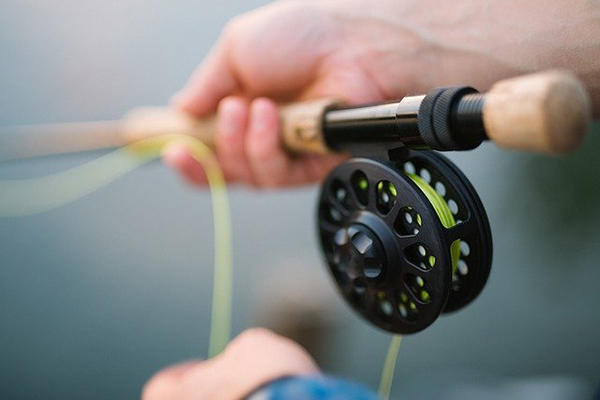
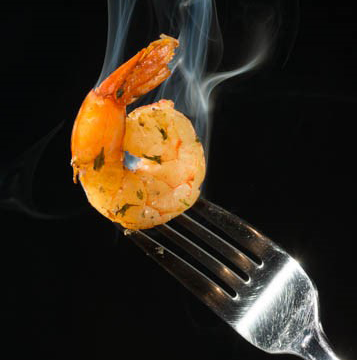
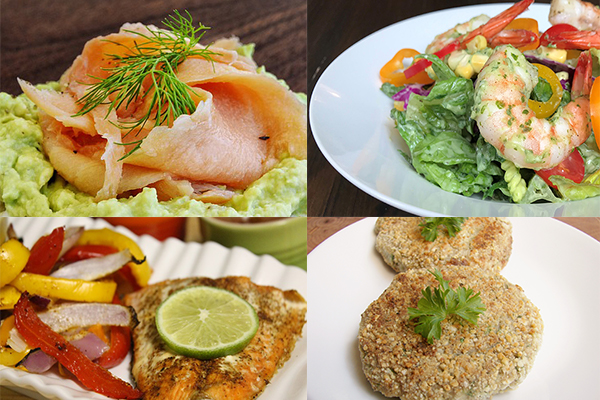
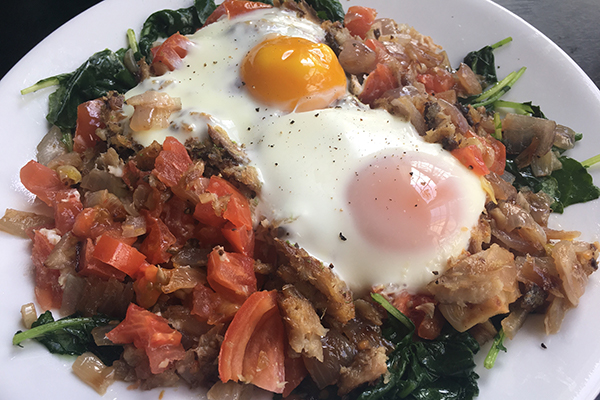
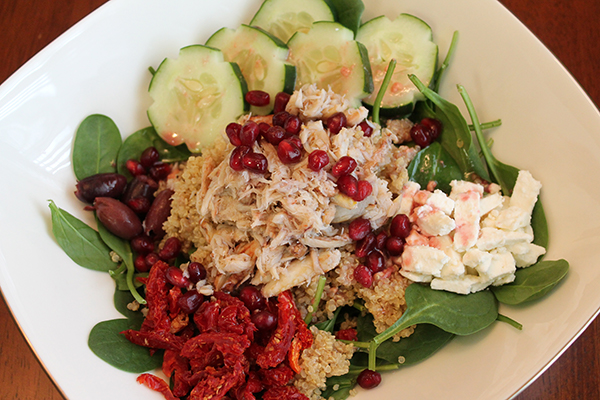
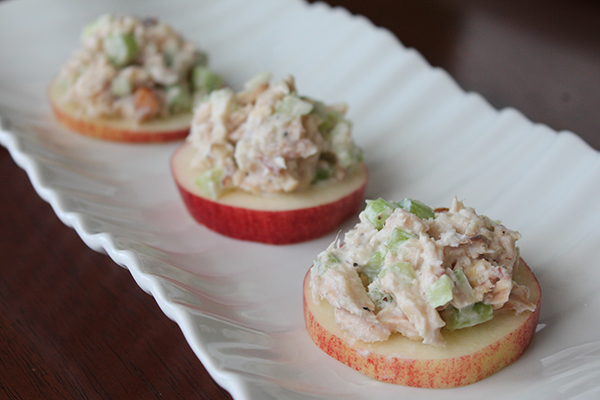
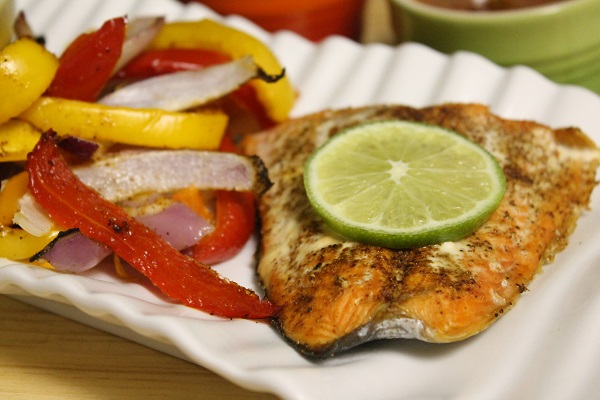


4 Comments
Shrimp salad, shrimp fra diavolo, shrimp and scallop fajitas, shrimp stir fry, jambalaya. Tip - Buy shrimp from Harris Teeter when it is B2G3 or B1G2 and keep it frozen. Sometimes I have them cook all of it, then have some for dinner, peel and freeze the rest, and it is always ready to use.
Shrimp tacos, kerala style fish curry (made with blue fish, king fish, mackerel), baked pomfret, pan fried butter fish, baked rainbow trout.
For reference, a great Kerala fish curry recipe https://www.alittlebitofspice.com/kerala-style-fish-curry-meen-vevichathu-recipe. You can find the Puli ingredient here: https://www.amazon.com/Eastern-Cambodge-Kudam-Puli-200/dp/B01C3MYXXW/ref=sr_1_1?keywords=Kudampuli&qid=1582831725&sr=8-1#customerReviews and most other ingredients, including fresh curry leaves, at a local asian/indian market.
Baked sea scallops with lemon garlic butter - 15-20 mins at 400 degrees and you're done. And I freeze the leftover butter/lemon/garlic/scallop juice to use as the base for a sauce later, especially good in a bechamel for seafood casserole.
Mexican shrimp cocktail - Poached shrimp served cold with tomatoes, avocado, jalapeno, cilantro, cucumber, lime juice, tomato juice, clam juice and a little ketchup
Pan cooked salmon - If you cook it most of the way on the skin side, the skin gets crispy and delicious! Really good on salad with goat cheese and raspberry vinaigrette.
Truly appreciate for this very informative articles. It really helped me to understand the importance of eating seafood. Seafood like Crab, Lobster and Prawns are high in nutritional value.I am looking forward for more such articles in future too.